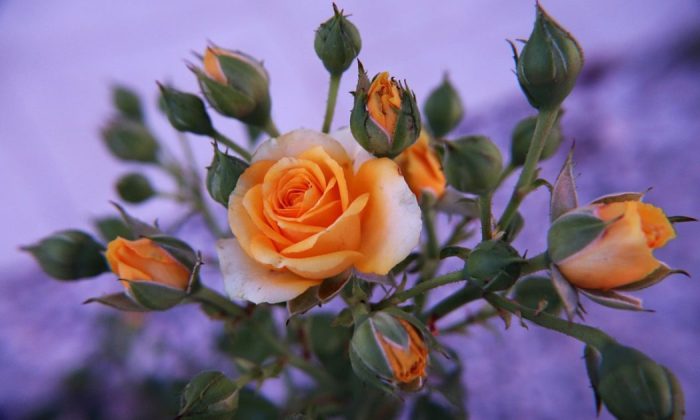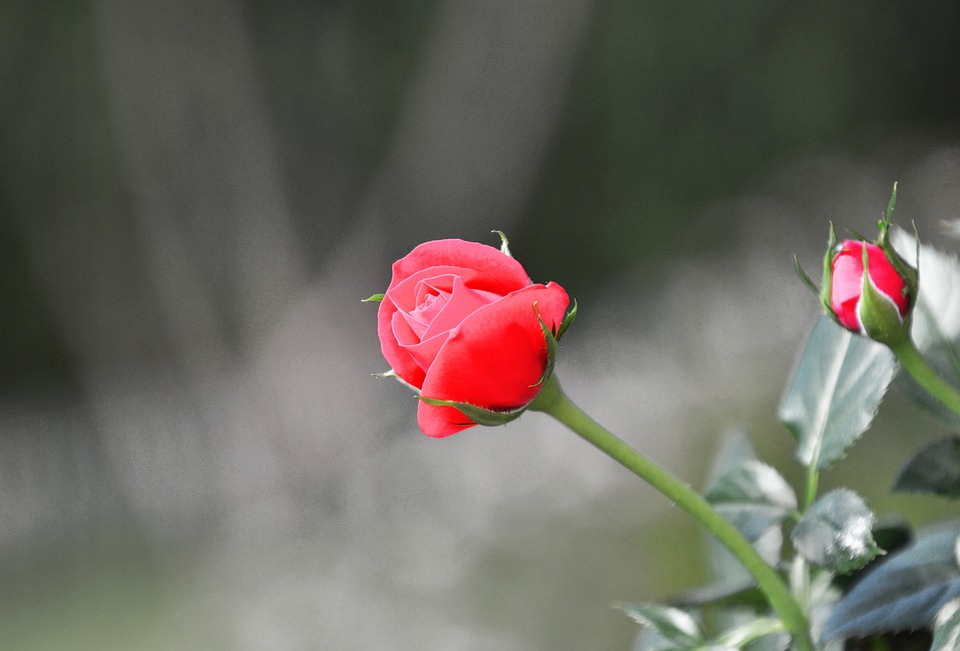Potted miniature rose. Growing tips

A beautiful miniature rose in a pot is a cute a gift. But this nice gift often begins to wither and it soon dies. Despite the fact that this type of rose is seen as a one-time gift, you may keep it for longer time but this is only possible if you shorten the flowering time as soon as possible. That means you have to cut off all flowers and buds after a few days. We understand that if you received this type of rose as a gift, cutting may be very difficult.
Transplant the plant
The next important step is to transplant the rose into a pot two to three centimetres larger in diameter than the original one. Take the rose out and lightly shake the soil from the roots and transplant it into fresh nutritious soil. The ideal temperature is between 20 and 24 °C. Cover the transplanted rose with a plastic bag. Cut off one corner of the bag to let it breathe. These roses are grown in greenhouses where the air humidity is up to 80%, while the humidity in your apartment it is usually no more than 20%.
Photo: Pixabay
Is your rose dying?
What you will see next may be a little scary. The rose will start to lose leaves and dry up. Even if the plant does not lose many leaves, you still need to shorten the shoots a little. You also need to take preventive measures against mites by using a product called Fitoverm for example (follow the manufacturer’s instructions). After two to three weeks you should start “opening” the bag to let the plant gradually adjust to the outside conditions.
When the rose begins to grow
After some time, you will see new shoots. It takes about two to three months for the plant to form a miniature bush. The plant starts to grow more actively when it reaches a height between 50 to 60 cm. You may even see buds. You can now transplant the plant outside in your garden or you may grow it in a container. If you want to fertilize, use fertilizers designed for flowering plants or especially for roses. If you transplanted roses outside in your garden, make sure to cover them with twigs for the winter to protect them from freezing.
Preview photo: Pixabay

Gardening is my hobby, I have a lot of experience and I am happy to share it.









0 comments